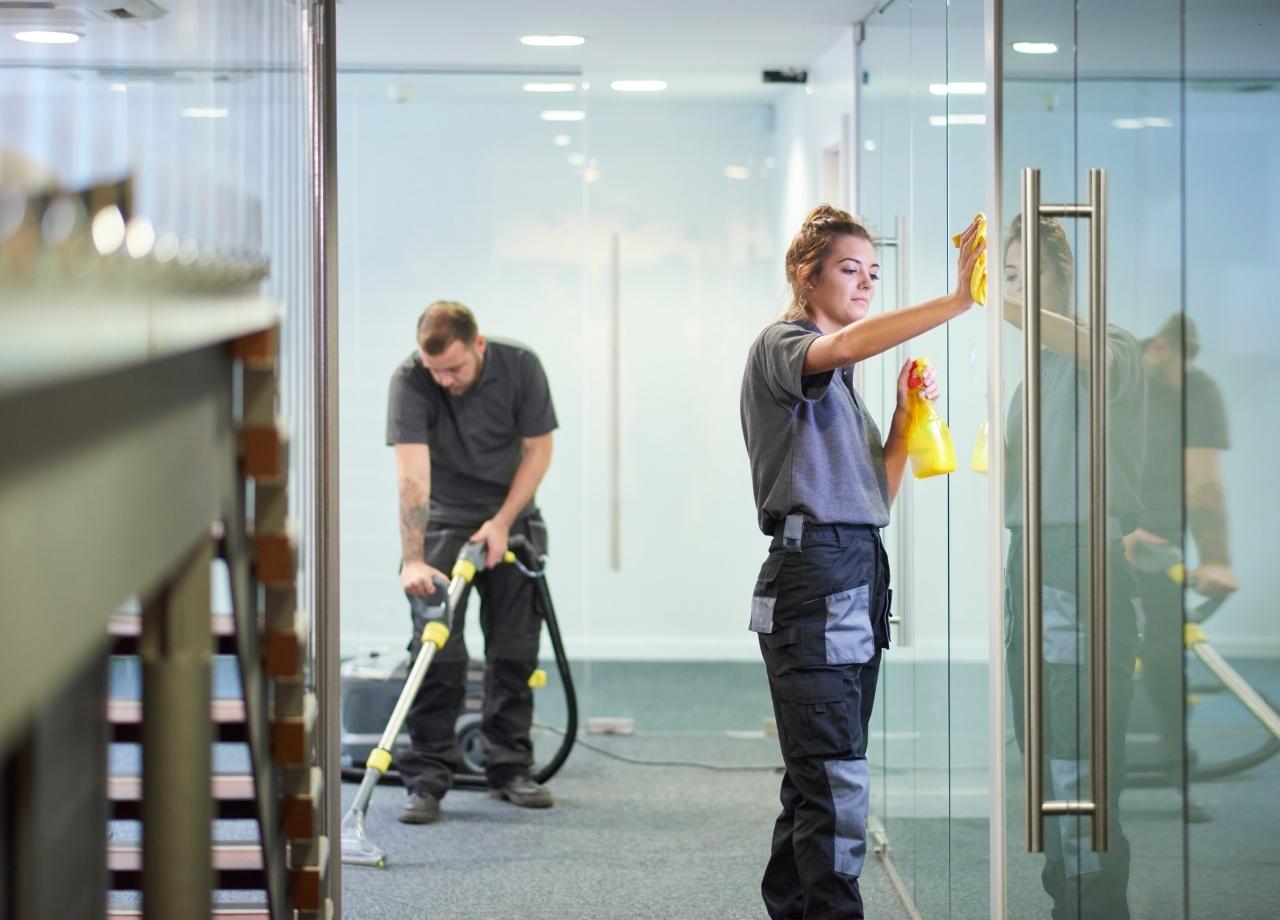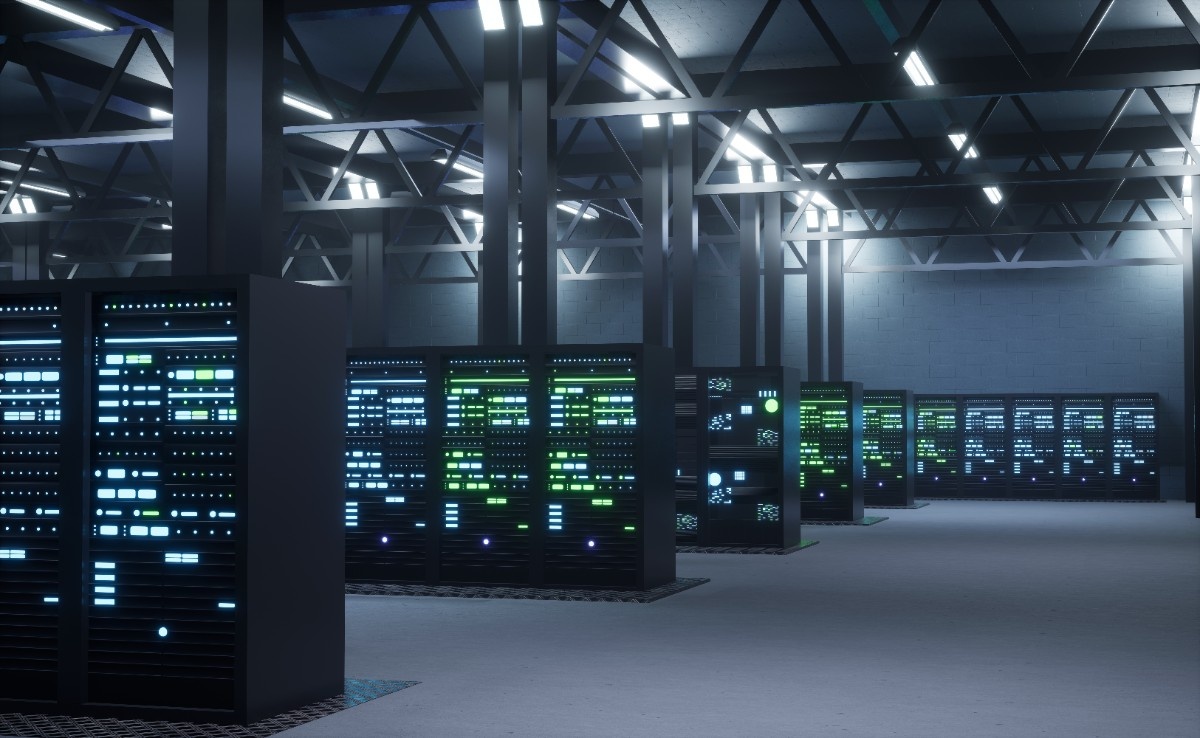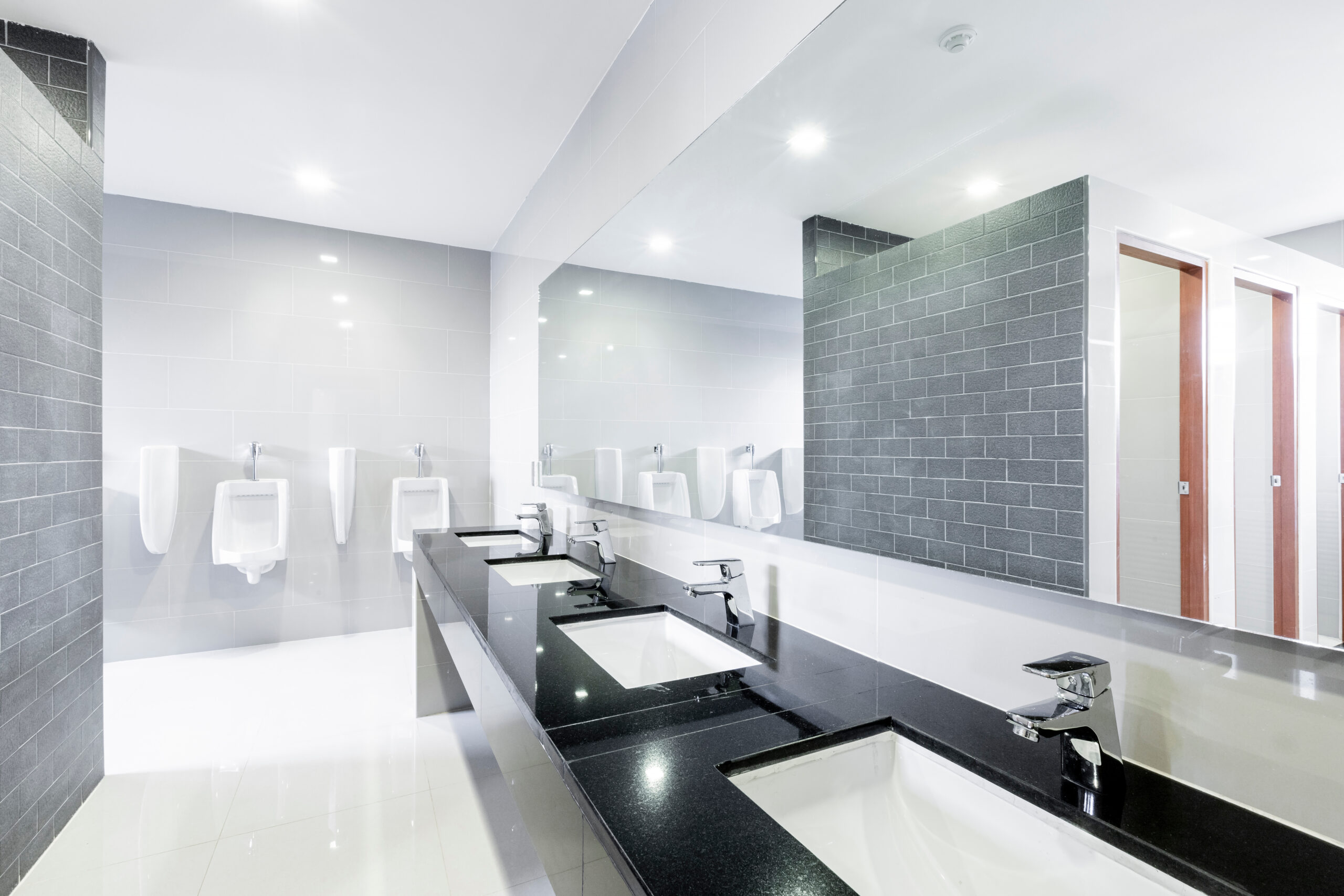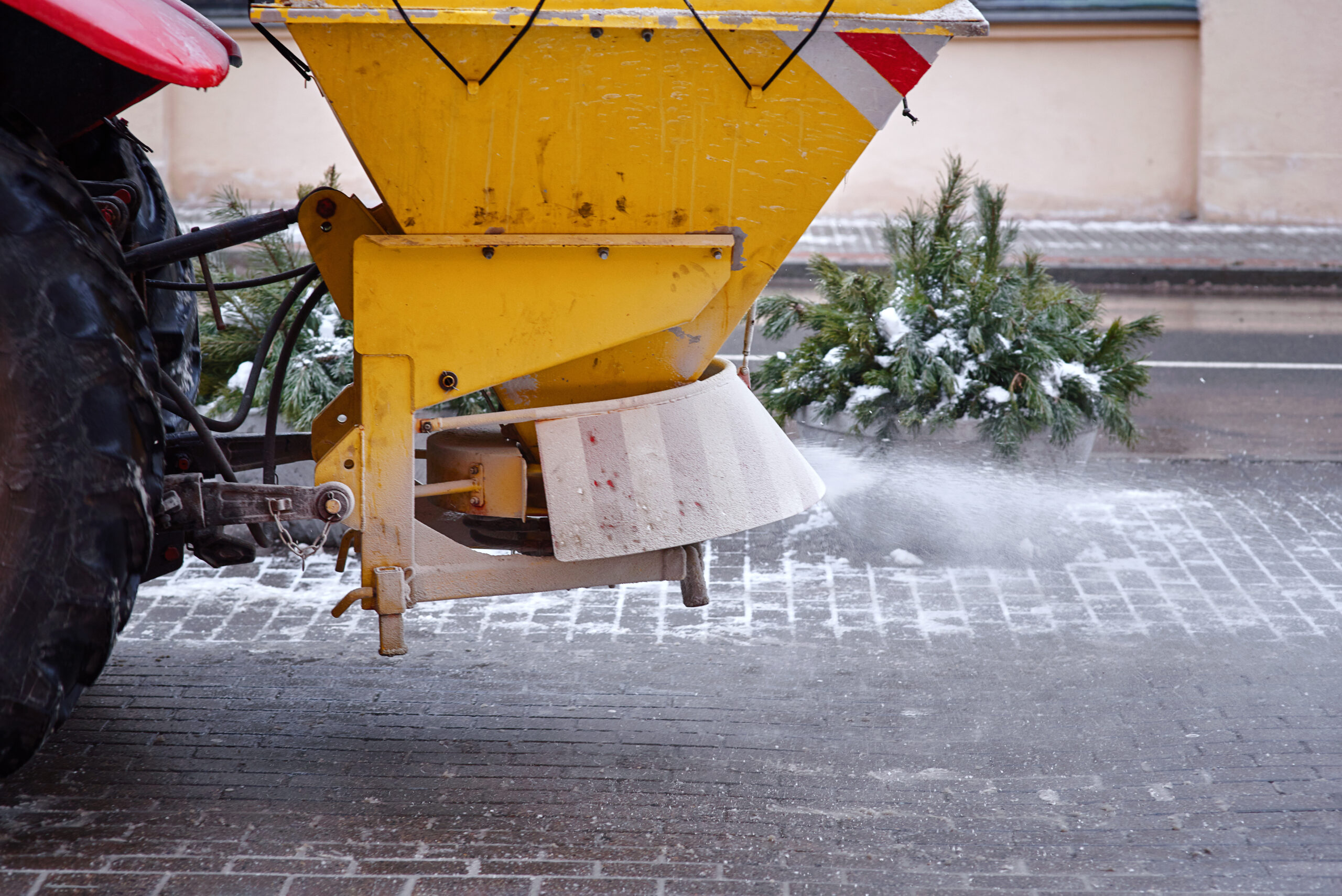Data Centre Cleaning Services: How To Do It Right
A quiet hum fills the air. Raised floors, cold aisles, hot aisles, blinking server lights. Everything depends on uptime. Everything depends on cleanliness more than most people realize.
Dust doesn’t care about uptime guarantees. It settles silently, creeps into racks, clogs filters, and undermines airflow. Static builds, particles float, sensors get thrown off by microscopic debris. Cleaning data centres isn’t just janitorial—it’s preventive maintenance.
Walk into any operational server room with a mop and a bottle of generic cleaner, and you’ll learn the hard way what not to do. Triggers can shut down systems, trip alarms, or worse, damage sensitive equipment. The wrong cleaning method or chemical can mean thousands in damages or hours of lost access.
Facility managers who’ve had one bad experience never go back to general cleaners. That’s how specialized data centre cleaning teams became essential partners to IT departments.
Getting the Schedule Right
Timing is everything. Cleaning during peak hours increases risk. Crews must work around maintenance windows or schedule work during off-hours—often overnight or early mornings—when systems run on reduced loads. Sometimes coordination happens with IT operations to temporarily shift loads or limit traffic in specific zones.
The cleaning schedule often depends on several factors—air filtration performance, outside air quality, building traffic, and even how recently the HVAC system was serviced. Monthly inspections help adjust frequency as needed. Weekly surface cleanings, quarterly subfloor cleaning, and annual deep cleaning of server cabinets and CRAC units—this kind of structured routine works well for most mid-sized centres.
What Gets Cleaned and What Gets Avoided
Not everything gets touched. Not everything should get touched. That’s where experienced teams make a difference.
Key targets include:
- Floor tiles (top and bottom)
- Subfloor areas with cabling and airflow systems
- Server rack exteriors
- Cooling units and vents
- Overhead trays and conduit runs
- Cable ladders
- Equipment tops (especially where dust collects unseen)
Interior components of live hardware stay untouched unless prior arrangements are made with the IT team. If internal cleaning is required—like fans, filters, or power supplies—it happens under strict supervision and with powered-down equipment.
Cables are treated like tripwires. Any accidental tug or shift could sever connections or introduce latency. Cleaning near cabling requires slow, deliberate motions and often smaller handheld vacuums with antistatic bristles.
Antistatic Everything
Static electricity is a constant threat. Cleaning crews wear antistatic wrist straps and use tools rated for electronics environments. Even a simple cloth must meet strict standards—no lint, no charge buildup.
HEPA-filtered vacuums remove particles without redistributing them. Standard vacuums often make things worse by blowing microscopic dust right back into the air. That kind of mistake lingers long after the job’s done.
Cleaning solutions used in data centres are non-conductive, residue-free, and often specially formulated to evaporate quickly. Overspray is unacceptable. Spraying directly onto surfaces is avoided. Everything goes onto a cloth first.
The Floor: Most Overlooked, Most Important
Raised floors act like giant lungs for the data centre. Air circulates underneath, often through precision-cooled systems. Dust buildup there directly affects airflow efficiency and cooling performance.
Crews access one tile at a time. Panels are lifted with suction tools, never pried. Cleaning beneath them happens in measured stages to avoid disrupting cables or shifting airflow patterns.
More than once, an overlooked cable tie or poorly laid cable bundle has snagged a mop head or brush and led to accidental disconnections. That’s why experienced teams always have a clear tile-lift plan and know how the infrastructure is laid out.
Training Makes or Breaks a Crew
A trained data centre cleaning tech doesn’t just know how to clean—they know what not to touch. They understand airflow patterns, load-bearing tile limits, sensor placements, and grounding protocols.
Most cleaning companies can’t just pivot into this space. The training takes time, and hands-on experience matters more than any manual. Certifications help (like ISO 14644 for cleanroom standards), but real competency comes from walking through hot aisles and cleaning around live systems without incident.

One team member, years ago, knocked a humidity sensor out of calibration with a careless elbow. That one sensor caused the CRAC unit to overcompensate, pushing humidity too low and triggering alarms across two racks. The fallout lasted hours. That story gets shared with every new hire.
Noise Discipline
One of the first things you notice inside an active data centre is the stillness. Fans hum, lights blink, but people rarely speak. Voices echo. Loud sounds aren’t just disruptive—they create stress.
Cleaning crews work quietly, communicate with hand signals when needed, and use equipment that operates under strict decibel thresholds. Rolling carts get rubberized wheels. Toolboxes stay closed unless needed. Tape is pre-cut to avoid the sound of ripping.
Understanding the Equipment Without Touching It
Not all servers run the same way. Some generate more heat, others depend on front-to-back airflow. Some cabinets are packed tight, others spread out for cooling. Knowing where airflow matters most guides how cleaning happens.
CRAC units, often placed at the room’s perimeter or under raised floors, demand special attention. Their intakes attract dust fast. Neglecting those intake panels chokes airflow, forcing the system to work harder and less efficiently.
Cable trays near the ceiling can drip dust for days if cleaned improperly. Starting from the top and working downward isn’t just practical—it’s necessary.
Access and Authorization Protocols
Every entry into a data centre is logged. Cleaning crews check in, sometimes through multiple security layers. Badges, escorts, and activity logs are standard. Even toolkits are inventoried before and after.
Before cleaning begins, a scope-of-work document should be approved. That includes detailing what gets cleaned, which equipment gets bypassed, and what hours are allowed.
Some clients even require background checks for all techs working on-site, especially if the facility handles sensitive or government data.
What Fails During Bad Cleaning Jobs
Several things go wrong when cleaning is rushed or handled by undertrained crews:
- Floor panels dislodged or misaligned, creating airflow disruption
- Cables shifted or strained, leading to intermittent network issues
- Sensors bumped or shifted, misreporting temperature or humidity
- Water-based cleaners used improperly, causing corrosion or electrical issues
- Particles redistributed into airflow instead of removed
- Downtime caused by alarm triggers or accidental disconnections
No single mistake may seem catastrophic in isolation, but the domino effect can be unforgiving.
Client Communication and Documentation
Facility managers don’t just want a clean data centre—they want assurance. Before and after photos, service reports, particle count measurements, and filter status updates help build trust.
Good teams don’t just do the work. They document it cleanly and leave zero ambiguity about what was done, where, and when. That paper trail often becomes part of compliance records for audits or service logs.
The Right Partner Makes the Difference
Choosing the right cleaning provider means choosing fewer headaches, less risk, and more uptime. That’s why facility managers across healthcare, finance, and hyperscale IT environments trust National Facility Contractors—we bring precision, discretion, and specialized training to every data centre we enter.
Final Thoughts
Done right, data centre cleaning doesn’t call attention to itself. No alarms, no accidents, no surprises. The goal is to leave the environment quieter, cooler, cleaner—and completely unnoticed.
That kind of invisibility takes precision, planning, and respect for the environment being maintained. Facility managers who find the right partner never have to think about cleaning again, and that’s exactly how it should be.






